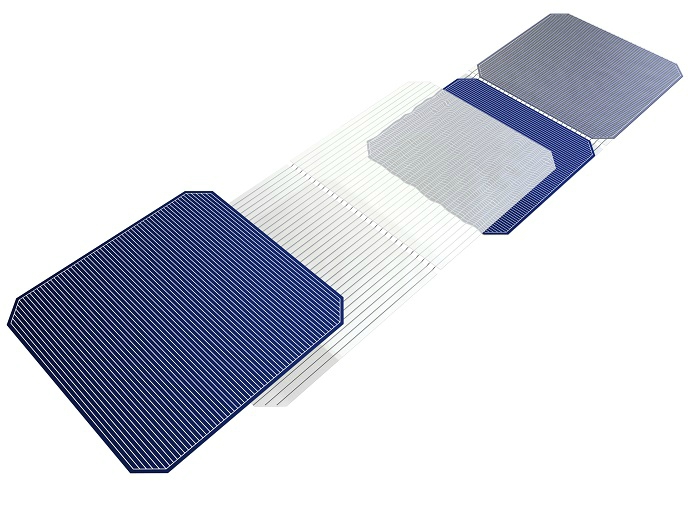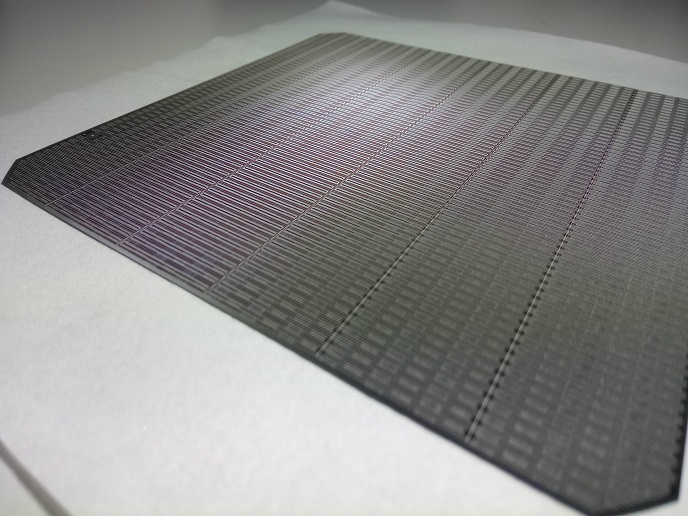New model of atomic interactions in solar cells
A large amount of energy loss in solar cells occurs at the two interfaces within the silicon semiconductor: the passivation layer, which prevents electronic loss from silicon, and the metal contact layer, which transfers charge away from the solar cell. Current models do not adequately describe the interactions at the atomic scale, and this limited understanding is preventing improvements in efficiency. The EU-funded 'Modelling of interfaces for high performance solar cell materials' (HIPERSOL) project was set up to develop and implement a modelling system that addresses this problem. This system would allow modelling at scales from the atomic level up to the full size of a solar cell, and would thus enable substantial technological advancements. Project members incorporated quantum mechanics models of metal–silicon interfaces and pioneered a new way to scale low-atom–number models to above 100 000 atoms. This is the first time that a standalone model has been used to fully predict the lifetime of silicon and other semiconductors in a solar cell. Another important advancement was the measurement of recombination processes at the interfaces, a major cause of a reduction in the lifespan of solar cells. These measurements were achieved both theoretically by computation, and experimentally using fluorescence, both yielding very similar results and thus validating the model. The multi-scale modelling environment was used to analyse several combinations of techniques and materials. Rate-limiting steps in electron transport have been identified, which will lead to improvements in efficiency in future solar cells. HIPERSOL's modelling system has aided our understanding of recombination events and has improved the prediction of interactions on the atomic scale. It already offers several potential ways to improve solar cell systems, and may also be generally applicable to complex interface modelling in other areas.






